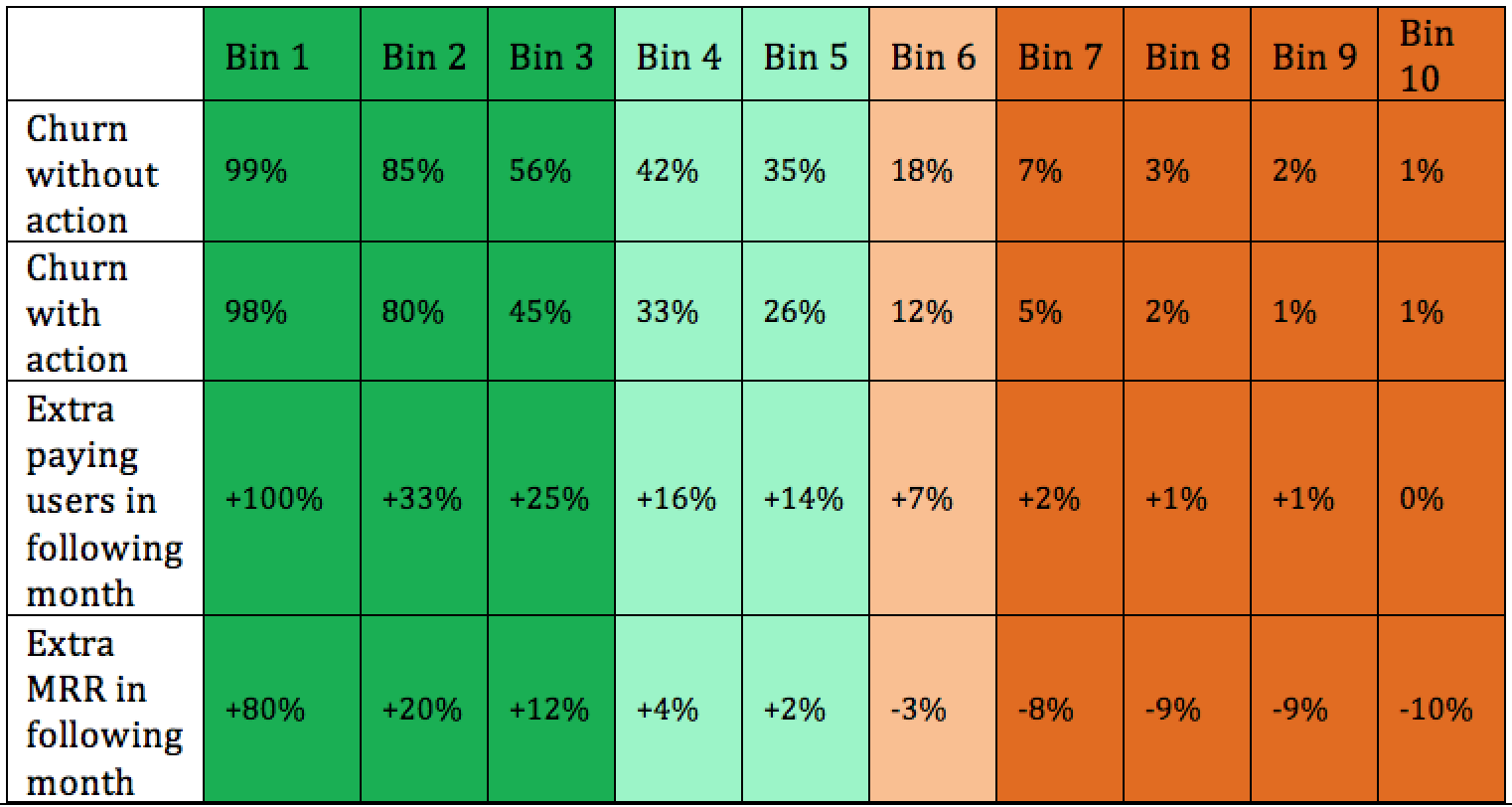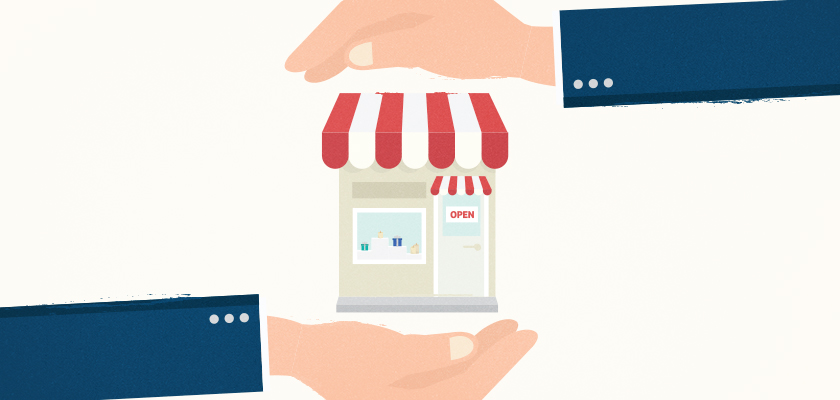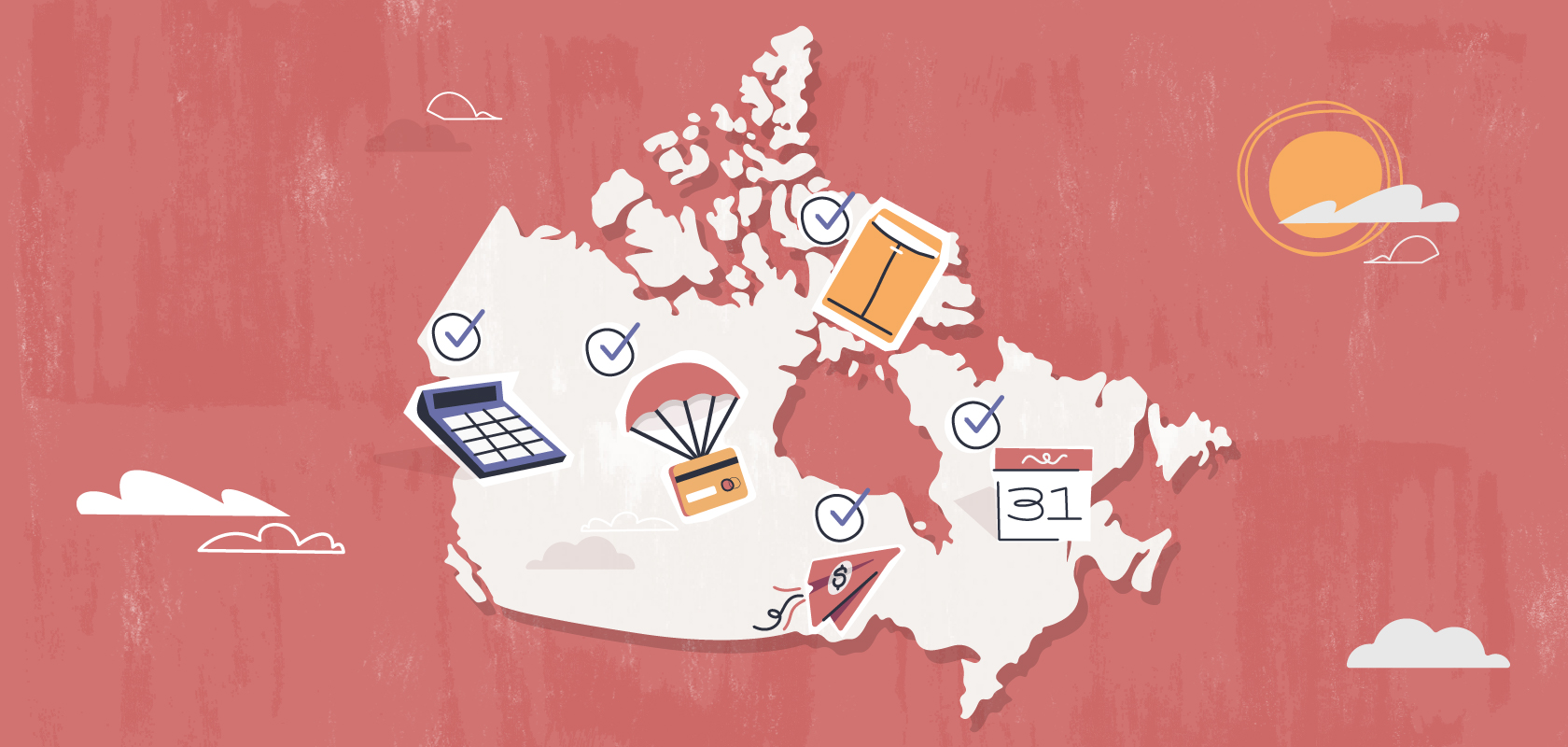Become an insider!
Get our latest payroll and small business articles sent straight to your inbox.

Have you already tried out Predictive Marketing? How easy was it?
This technology was once reserved for very big companies with large marketing resources, and not accessible to small businesses. But here’s some good news: things are changing and some SaaS companies are now making it available for everyone.
Why now?
The availability of predictive marketing is a natural consequence of the Big Data buzz that started around 2010, leading to today’s mature Analytics solutions.
Customer behavioral data is now easily accessible and there is enough of it to model and predict behaviors such as conversions, up-sells, cross-sells and churn.
Here are 6 important things you need to know about Predictive Marketing.
1. Data is your Raw Material
Your raw material for predictive marketing is user-level data. It could be click streams, support tickets, error logs – but only behaviors that were measured in the past can be predicted in the future.
It is very important that when you set up your logs and tracking streams that you don’t forget to track all the key events on which you will build business KPI’s.
Track individual conversions, activation moments, unsubscriptions, sign-ups, up-sells and more – any key event in a customer’s journey within your service.
2. Act like a biologist.
Always keep control groups on the side.
As a marketer, you act on your customers. Whether it is through friendly emailing, thoughtful phone calls or aggressive offers, you need to measure the effects of your action.
To do this, you need to A/B test your action by acting on one group and not the other. Once you get your results, you measure your per user KPI on both the activated population and the idle population to compare them.
3. Predictive Marketing is the natural evolution of business rules
The interest of Business Rules in Marketing is twofold:
- Personalize the marketing action content. E.g. send a one month 10% discount to users that have been using the service for exactly 6 months to thank and congratulate them.
- Enhance your Action ROI by segmenting further down the previous rule.
- Limit costs. E.g. exclude weekly active users because these users stick to your service anyway, and do not need further enticement.
- Boost returns. E.g. let’s say you actually call your users with a limited capacity of action, forcing you to target a certain population. Target monthly active users that are not weekly active users because you know these are easily persuadable users.
The goal of Predictive Marketing is to further boost your Action ROI.
It keeps the personalization rule, which allows content design, but uses predictions to limit costs and increase returns.
Let’s get back to the one-month 10% discount for retention example. Predictive Marketing can tell you the propensity to churn of every 6 month-old user. Then you can build a predictive rule based on this predictive score list.
By excluding users with a low propensity to churn, you’ll be able to save money because they are likely to stay anyways. If you give discounts by phone call, exclude users with very high propensity to churn (they leave you anyway, do not waste your time).
4. The art of segmenting Predictive Scores.
Predictive Modeling lists your users by decreasing propensity to churn, convert or upsell… (It all depends on the targeted KPI). You want to build a marketing rule based on this list of questions.
Segmenting Predictive Scores:
“What is a high/low propensity to churn?”
“Where does high start?”
“Where does low end?”
The answer to these questions depends on the marketing action. Remember, the goal is to boost action ROI, so the goal is to target users with higher action ROI.
The good news is that you already know how to do this! Just split your users by propensity score in 10, 50, or 100 bins, depending on the size of your user base. Then A/B test your action bin by bin.
In the future, only act on the bins with highest action ROI.
Table 1 : Bin by bin ROI table of a 10% discount

To counter the loss of a 10% discount, you need to save at least 11% (=1/0.90) extra users. Then you should activate users in Bins 1 to 5.
With time, you will be able to measure longer-term effects on MRR of the discount and you might add Bin 6 to your Predictive Segment.
Depending on your action, the extra MRR row of this table may look very different. If you call your users instead of offering a discount, then you get a fixed marketing cost. Suppose that this cost is equal to 5% of the MRR and that the effect of calling on churn yields the same churn decrease results, then you get:
Table 2 : Bin by bin ROI table of retention phone calls

Note that, in this example, it is counter-productive to call users in the first two bins because they are well decided to leave your service anyway.
5. Predictive Targeting is superior to Rule Based Targeting
Predictive segments are optimized towards the target KPI with Machine Learning while Business Rules are correlated with the target KPI thanks to your experience and business knowledge.
Predictive Marketing mixes all different kinds of sources in a complex manner that a human could not do by hand.
6. Calibration, and campaign monitoring
The first time you use a Predictive Model, you need to build the ROI table: it’s the calibration phase.
In the calibration phase, you should take action on the smallest possible set of users in each bin that is still statistically meaningful. Also, because the model gives you an idea of natural churn in each bin, you can avoid acting on bins where churn is so low that there is no way your action can be beneficial.
After calibration, you need to monitor your action. Do the opposite of calibration: act on as many people as you can, and take a control group as small as possible, but large enough to build reliable statistics.
With all these elements, you are prepared for high-performance marketing!










